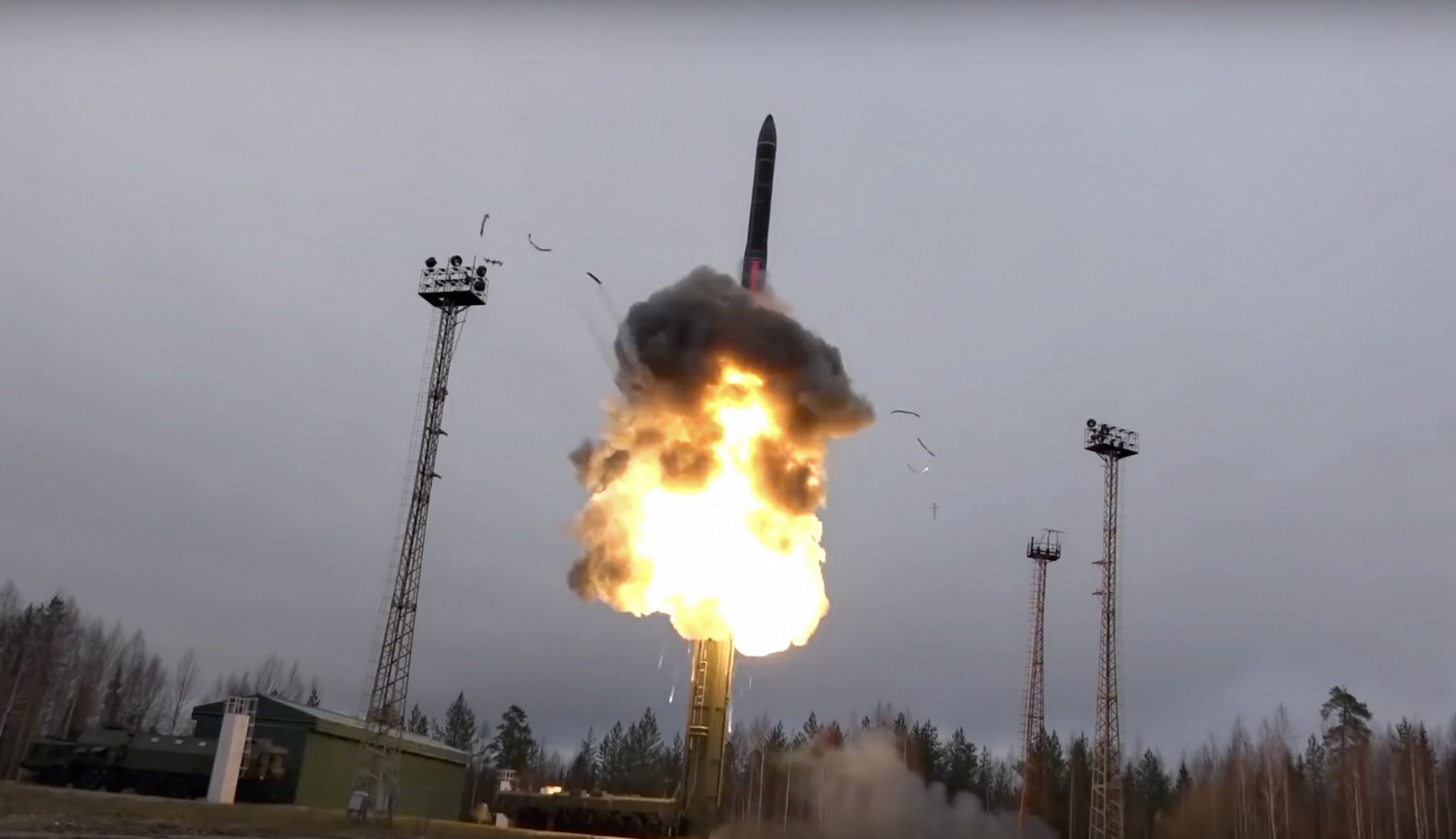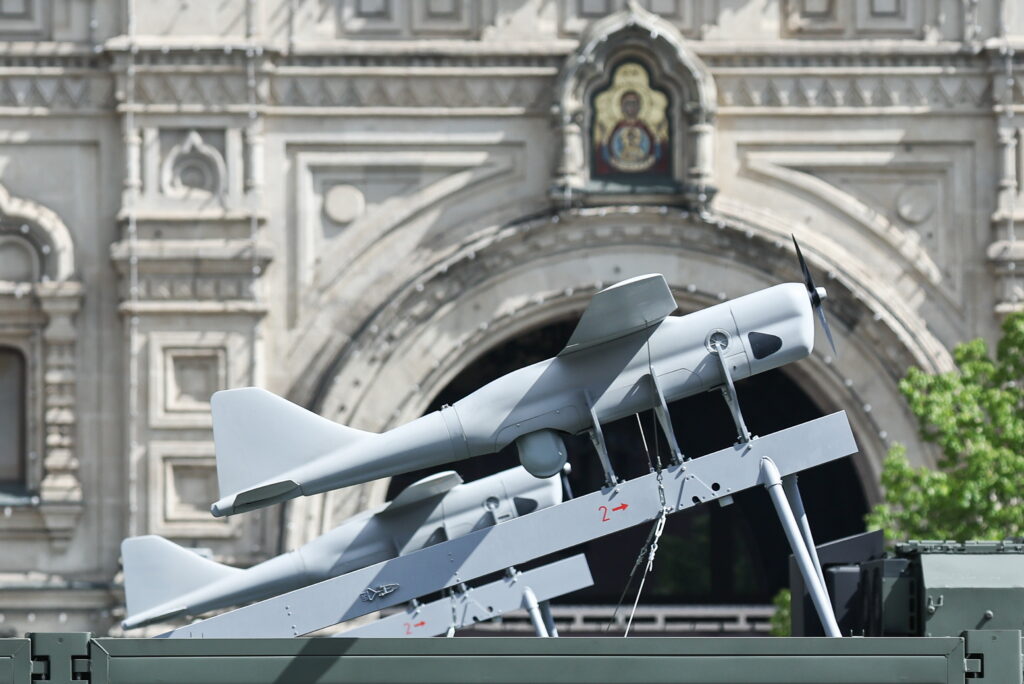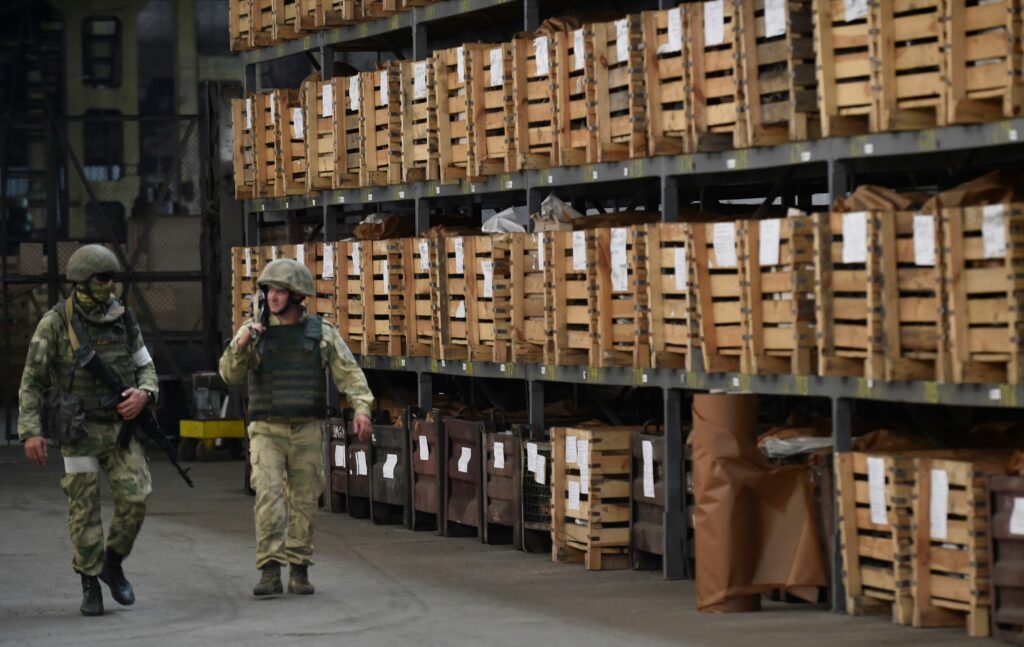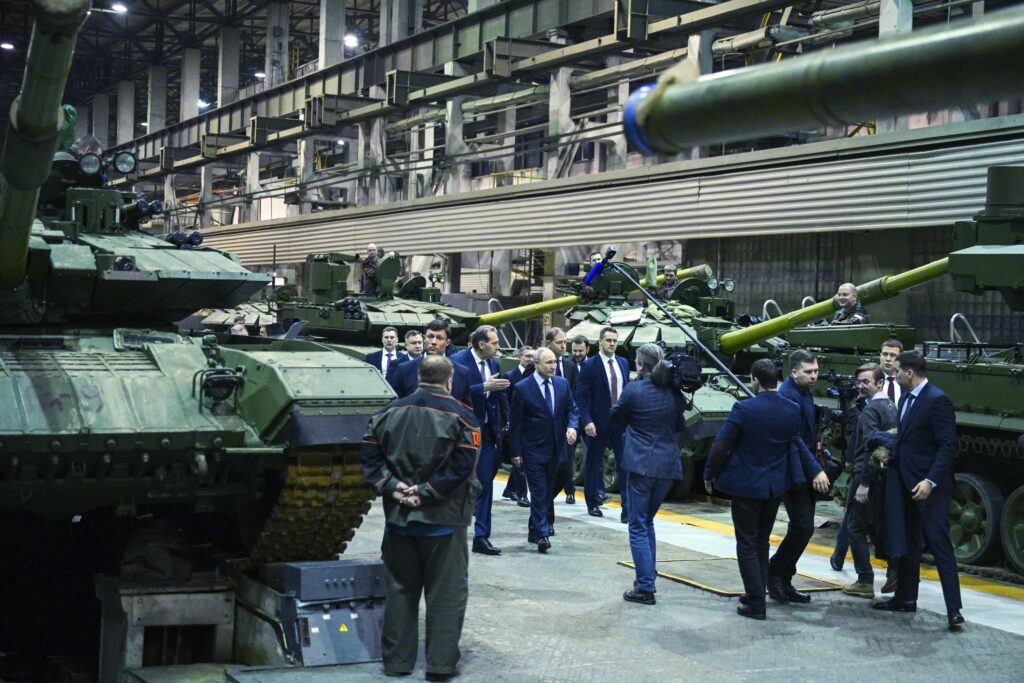Russia claims to be ahead of its competitors in the race to build hypersonic weapons. Such arms comprise missiles or boost-glide re-entry vehicles able to exceed Mach 5 (five times the speed of sound). At least two Avangard hypersonic glide vehicles (HGVs) launched from UR-100N (SS-19) intercontinental ballistic missiles (ICBMs) have entered into combat duty; moreover, the Kremlin is pinning its hopes on the Zircon anti-ship hypersonic cruise missile, currently in testing. The USA, China, India, Japan and other countries are also developing such missiles.
Each country has its own military and political rationale. China is pursuing its global economic and political ambitions, which are being hampered by US military and technical supremacy. India and Japan are facing a threat from the Chinese armed forces. As for the USA, its R&D programme dates back to the prompt global strike (PGS) programme of the early 2000s. Though the PGS system has failed to produce this type of weapon in two decades, it has the extra incentive of restraining China and Russia.
Russia’s multiannual programme on hypersonic weapons has been developed within the paradigm of military confrontation with the USA. In the field of conventional weapons, these developments are primarily meant to perform a political and psychological role. Partially, they are to offset Russia’s lagging behind the USA. With nuclear weapons, the goal is to keep a semblance of parity. Whenever possible, Russia seeks to use them as a bargaining chip with the USA in the field of arms control.
The paradox of the one who is catching up
Russian ideas of hypersonic weapons date back to the Soviet era. For years, the USSR developed supersonic anti-ship cruise missiles (ASCMs) powered by air-breathing jet engines (ramjets). These could have potentially been transformed into hypersonic cruise missiles. However, ramjets’ outstanding speed and relative ease of production (which did not translate into their final price) were coupled with serious problems. For example, such missiles were difficult to guide and lacked accuracy. So, they were equipped with both conventional and tactical nuclear warheads. The best ramjets could ensure a range of 500-600 km at high altitudes, making them vulnerable to attacks. At lower altitudes, their range was shorter. Besides, ramjets were large and weighed up to several tons with their fuel.
Years of investment in ramjet cruise missiles came from a simple reason: back in the 1970s, Soviet aircraft engines and electronics were lagging the USA. At the time, the USA was working on much smaller turbojet-powered cruise missiles with a comparable or greater range and similar warhead mass. They were more precise, cheaper to make and easier to use. Though they were subsonic, these missiles could be made in larger numbers and used not only against naval but also ground targets.
The USSR and later on Russia spent years developing and manufacturing their own analogues of the American missiles; Moscow continued to invest both in improving ramjet cruise missiles and in developing turbojet-powered missiles. And so, separate industrial infrastructures were built around each of these programmes; Moscow had to spend money on both of them even during the economic downturn of the 1990s, despite better relations with the US.
As these programmes were the material embodiment of the arms race, it has prevailed in Russia once again since the 2000s. The Americans launched a series of R&D projects in the field of hypersonic speed around at that time. Although they have not yet built an American hypersonic missile, the Russian authorities had no deterrents left.
In 2012, the Russian authorities gave the green light to the development of the hypersonic Zircon cruise missile. They also revived the old idea of constructing an ICBM-launched boost-glide warhead. Like a traditional warhead launched from an ICBM, it flies at a multiple of Mach 5 after separation from the missile but does not follow a ballistic trajectory. State-owned Tactical Missile Corporation JSC was in charge of these programmes. By that time, it had incorporated all enterprises manufacturing ramjet missiles, including GosMKB Raduga and NPO Mashinostroyeniya.
Hypersonic missiles: demonstrated vs. real capabilities
Until the Russian authorities made hypersonic weapons a field of interest for top officials, Russian industry together with the Russian military had still been trying to improve Soviet ASCMs.
Oniks, a hypersonic missile fielded in 2002, was the fruit of these efforts. Its main asset was its smaller size, allowing it to fit into the universal launcher used by the navy. This platform could be used both for the Oniks and for the Kalibr subsonic cruise missile, equipped with a turbojet engine. So after decades of simultaneous development of two types of cruise missiles, Russia could finally focus on the production of universal carriers and launch platforms. It could abandon the production of imperfect ramjets developed in 1970-1980.
Although there are serious delays in the rate of rearmament of ships and submarines, as well as the construction of new ones to fit new missiles, it is clearly Onikses and Kalibrs which are to be the core of Russia’s armament in the foreseeable future, rather than Zircons. One sign of this is how Oniks’s modernisation is still underway. Here, the key role lies with the production capabilities of Tactical Missile Corp. In 2019, the company supplied the navy with 55 Oniks missiles. Judging from previous years’ supplies, including exports of the Yakhont version, this is the largest number of missiles the company has ever manufactured in a single year since Oniks became operational.
The much more complex Zircon, which is at least twice as fast as the Oniks, capable of flying at hypersonic speed and fitting the universal launchers, will at best come piece by piece in the next decade, if a hypersonic missile is to enter service no later than 2022, as planned. This is still doubtful, given the vagueness of the timing of Zircon’s test fire from a submarine. Yet for political reasons, the missile can formally enter service. Only then can it be honed and put into small-scale production.
Russia-USA parity based on Avangard HGV production
Avangard ICBM-launched boost-glide re-entry vehicles — also produced by the Tactical Missile Corp. — are different. Production was launched in 2019; by the end of the year, two UR-100NUTTKh (SS-19) missiles equipped with this type of re-entry vehicle were put on duty. Avangards are produced piece-by-piece and mounted on missiles whose service life is now extended to nearly 40 years, so that they can be in service by at least the mid-2020s.
However, there is a problem with this project. To begin with, the Avangard’s speed is like that of typical ICBM warheads. Except the flight trajectory is different. This requires a more complex steering system, reducing reliability and precision. It also needs complex maintenance measures.
Second, the use of old Soviet liquid-fuel missiles means that the new Russian Yars (RS-24) ICBMs do not have enough lift to launch Avangards. Meanwhile, the R-36M2 Voevoda (SS-18) missiles and the
RS-28 Sarmat ICBMs, intended to replace the Yars, have excessive capacity. Thus, it would be unwise to give up on dozens of independently targetable warheads for the sake of hypersonic exotics. Thirdly, this situation indicates that Russian industry is probably trying to reach its main goal of reducing the weight and dimensions of the boost-glide re-entry vehicle.
Objectively, the Avangard has no impact on the nuclear deterrence system. In its current form it is to maintain nuclear parity with the USA, at least in political and psychological rather than quantitative terms, which is crucial for the Kremlin. Still, Avangard’s military futility does not prevent its use as a bargaining chip in a dispute with Washington over the prospects for arms control if the current system of treaties collapses. The resources spent on the programme will not be seen as wasted by the Russian authorities: the cost of Avangard is only a fraction of hundreds of billions spent on keeping an ineffective military sector on an even keel.










